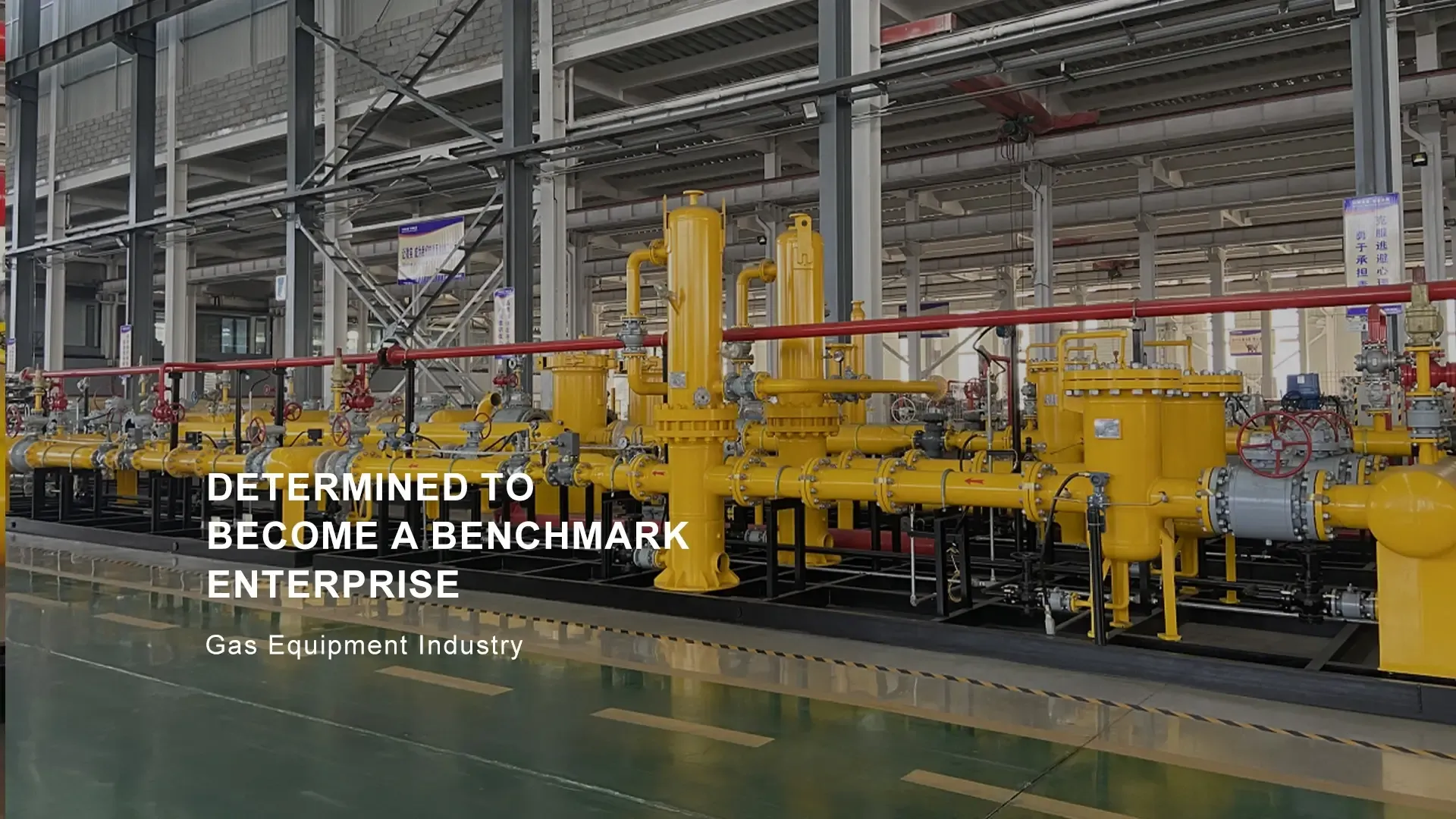
Dec . 06, 2024 00:06
Back to list
gasification equipment
Gasification Equipment A Sustainable Solution for Energy Generation
In the quest for sustainable energy solutions, gasification technology has emerged as a powerful contender in the realm of renewable energy. Gasification equipment plays a crucial role in converting organic or fossil-based materials into syngas (synthesis gas), a versatile fuel that can be further processed into electricity, chemicals, and even hydrogen. This article explores the components of gasification equipment, its operational principles, benefits, and potential applications.
What is Gasification?
Gasification is a thermochemical process that breaks down carbon-containing materials into syngas through high-temperature reactions with a controlled amount of oxygen or steam. The syngas primarily comprises hydrogen and carbon monoxide, making it an excellent feedstock for various applications including power generation, fuel production, and chemical synthesis. Unlike combustion, gasification represents a cleaner and more efficient method of energy conversion, resulting in lower emissions of harmful pollutants.
Components of Gasification Equipment
Gasification equipment can vary based on the feedstock being used and the specific technology employed, but it typically consists of several key components
1. Feedstock Preparation System This system is responsible for processing raw materials, which may include biomass, coal, waste, or other carbon-based substances. The feedstock is often dried, shredded, and sorted to ensure optimal size and moisture content for the gasification process.
2. Gasifier The heart of gasification equipment, the gasifier is where the actual conversion of feedstock into syngas takes place. Different designs exist such as fixed-bed, fluidized-bed, and entrained-flow gasifiers, each with its advantages. The choice of gasifier design is influenced by factors such as feedstock type, desired output, and operational conditions.
3. Syngas Cleanup System After gasification, the produced syngas often contains impurities like tar, particulates, and sulfur compounds. The cleanup system is essential to remove these impurities, ensuring the syngas meets the quality requirements for subsequent applications, especially in fuel cells or combustion engines.
4. SynGas Utilization Systems The cleaned syngas can be utilized in various ways, such as in gas turbines for electricity generation, for producing synthetic fuels through chemical processes like Fischer-Tropsch synthesis, or in fuel cells to generate hydrogen.
5. Control and Monitoring Systems To ensure efficient and safe operation, gasification equipment is equipped with advanced control and monitoring systems. These systems track critical parameters such as temperature, pressure, and gas composition, allowing for real-time adjustments and optimizing performance.
Benefits of Gasification Equipment
gasification equipment

Gasification technology offers numerous benefits as a sustainable energy solution
- Waste Reduction Gasification can process various types of waste, including municipal solid waste, industrial waste, and agricultural residues, reducing the amount sent to landfills and its associated environmental impact.
- Carbon Neutrality Utilizing biomass as a feedstock for gasification can result in a near-carbon-neutral energy cycle, as the carbon dioxide emitted during the gasification process is offset by the carbon absorbed during the biomass growth.
- Versatile Energy Generation The syngas produced can be converted to electricity, heat, or transport fuels, making it flexible in meeting energy demands across different sectors.
- Lower Emissions Compared to traditional combustion, gasification significantly reduces the emission of pollutants such as nitrogen oxides (NOx), sulfur oxides (SOx), and particulate matter, contributing to improved air quality.
Applications of Gasification Technology
Gasification equipment finds applications across various industries
- Power Generation Gasification can be integrated with combined cycle power plants to enhance efficiency and reduce emissions.
- Chemicals Production Syngas serves as an essential feedstock for producing various chemicals and fuels, including methanol, ammonia, and synthetic natural gas.
- Hydrogen Production As the demand for hydrogen fuel rises, gasification provides a viable pathway for large-scale hydrogen production, especially when coupled with carbon capture technologies.
In conclusion, gasification equipment represents a transformative approach to waste management and energy production. By harnessing the potential of diverse feedstocks, gasification technology aligns with the global ambition for sustainable development and energy independence. As research and development continue to advance this field, the role of gasification in the future energy landscape is likely to expand, offering innovative solutions to some of the world's most pressing energy challenges.
Latest news
-
Safety Valve Spring-Loaded Design Overpressure ProtectionNewsJul.25,2025
-
Precision Voltage Regulator AC5 Accuracy Grade PerformanceNewsJul.25,2025
-
Natural Gas Pressure Regulating Skid Industrial Pipeline ApplicationsNewsJul.25,2025
-
Natural Gas Filter Stainless Steel Mesh Element DesignNewsJul.25,2025
-
Gas Pressure Regulator Valve Direct-Acting Spring-Loaded DesignNewsJul.25,2025
-
Decompression Equipment Multi-Stage Heat Exchange System DesignNewsJul.25,2025

